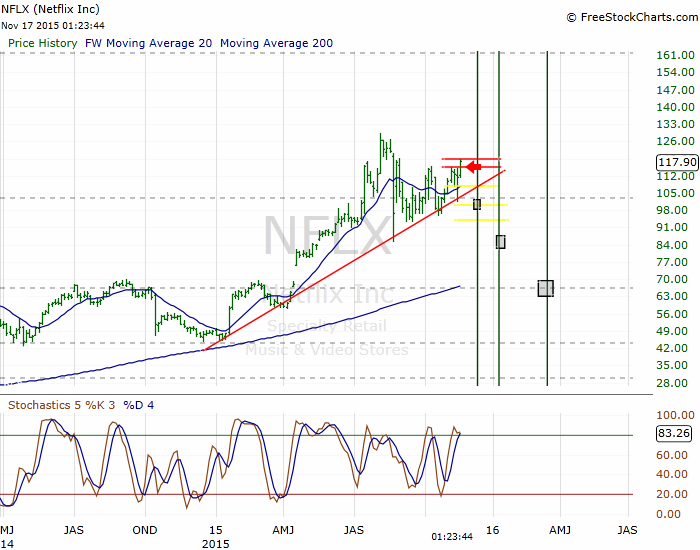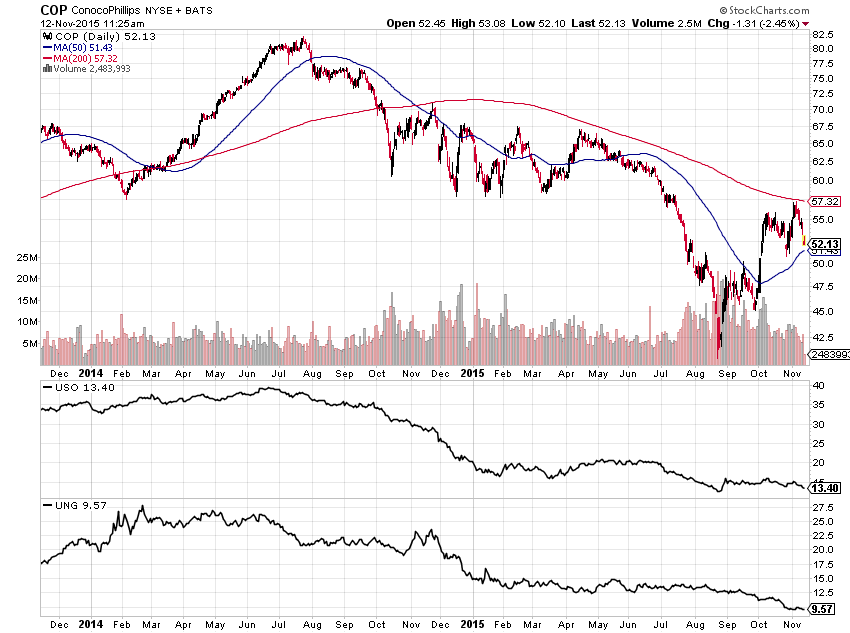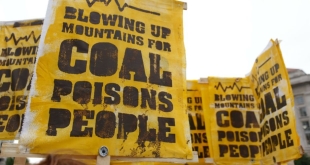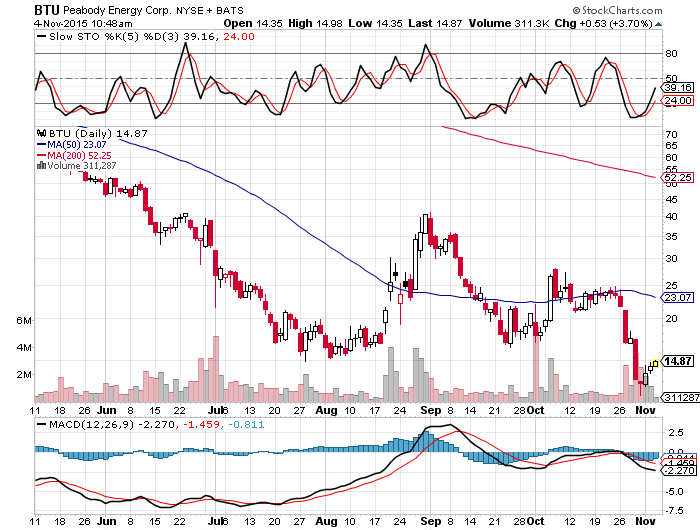I’m a minerals specialist by profession, so I typically stick to natural resources investments and ideas since that’s my expertise. However, I think there’s good risk to reward being offered in some of these high flying momentum names. Netflix (NFLX) is a prime example. I could write a lengthy article on the fundamentals of NFLX, but I’ll sum it up very simply by saying the following:
NFLX IS EXTREMELY OVERVALUED
I know what you’re thinking, the term “overvalued” is subjective, but look at any metric you like and it’s overvalued compared to it’s peers. What about Growth? Well, they sure are growing users, but they aren’t growing cash nor revenue. In fact, cash from operations has turned extremely negative and it’s my belief that the downside risk is not being priced-in the stock.
So here’s the thesis:
IF equities experience a significant pullback, NFLX will lose approximately 50% of it’s all-time high value.
If equities have hit multi-year highs (which I think they have) and if equities are due for a significant pullback of say around 20% or more (which I think they are), then I think shorting NFLX is the best trade around. There’s a lot of IF‘s in that statement, but it’s also a really good risk/reward setup.
Here’s the Trade:
NFLX had an all-time of $129 (and change) on 8/5/15, that puts my 50% downside target around $65. At the time of this writing NFLX is around $117. I’m giving myself a stoploss level at around $119 (not much room I know, but NFLX was at $114 when I started writing this article earlier today- and entered a portion of the trade!).
I’m giving the downside target ($65) until March to play itself out. Since I’m going to use options I have established target levels at various option expiration dates as follows:
- December 18; Target = $100
- January 15, Target = $85
- March 18, Target = $65
Since it’s moving up so rapidly today, I’m going to enter a very small starter position, and spread the entry as follows:
- Dec 18 expiration, ATM (at the money) puts (strike of 115 when I entered it)
- Dec 18 expiration, strike = 100 puts
- Jan 15 expiration, strike = 85 puts
- Mar 18 expiration, strike = 60 puts
Here’s the trade plan:
- If NFLX trades below $108, I will double my position in each tranche (except the Dec 115’s).
- If NFLX trades below $100, I will roll the Dec 115’s to Jan 15, 100’s (ATM).
- If NFLX trades below $94, I will roll everything that is in the money to ATM January or March expiration (depending on the date)
If NFLX trades above $119, I will cover my small position for a loss and wait for it to reverse (market to exhaust).
Refer to the chart below. Note the rising trendline that I believe will break, my stoploss areas in red, my “add-to” levels in yellow, and the target boxes at each upcoming option expiration. The red arrow is my entry today.
Comments »









